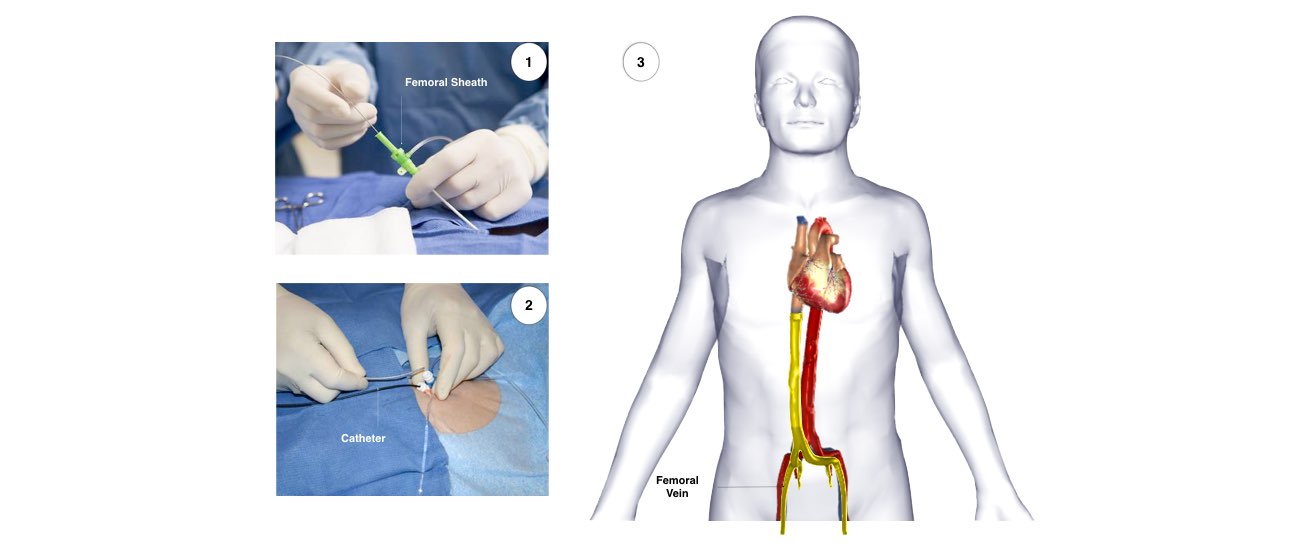

650).ĪI-guided ablation of CTI line for AFL appears feasible and effective with similar ablation time, fewer RF applications, a higher rate of first-pass conduction block, and no additional complications.Īblation ablation index atrial flutter cavotricuspid isthmus contact force. If a physician performs a CTI ablation prior to the pulmonary vein isolation and documents to prevent atrial flutter, should 93655 be coded when there is no documentation of previous atrial flutter or SVT A. Recurrent AFL was recorded in two (4.7%) AI-group patients and four (9.5%) CF-group patients (P =. In all of these patients, TEE (for exclusion of atrial thrombus) was successfully performed. One inguinal hematoma and one pseudoaneurysm developed in the AI and CF groups, respectively. This was a single-center, prospective, observational study which included 31 consecutive patients presenting electrocardiographic documented typical atrial flutter undergoing CTI ablation at the Fondazione Cardiocentro Ticino (Lugano, Switzerland). 031) needed to achieve CTI directional block significantly higher mean ablation time, impedance drop, force time integral and AI and similar mean CF and power of each VisiTag point. 03) with similar ablation time similar acute spontaneous CTI reconnection 2.3% vs 9.5%, P =. Each Visitag dataset from all patients in each group was analyzed.ĪI guidance vs CF guidance was associated with: higher first-pass conduction block of CTI (93.0% vs 76.2%, P =. Procedural and 6-month outcomes of ablation for AFL were retrospectively compared between consecutive patients undergoing either AI-guided ablation of CTI (n = 43 AI target of 500 for anterior 2/3 segments and 400 for posterior 1/3 segments) or contact force (CF)-guided ablation (n = 42) at a single center. We thus studied the feasibility and effectiveness of AI-guided CTI for AFL. Based on these results, the conventional waiting period is unnecessary in 97.6% patients without dormant conduction after CTI-dependent flutter ablation.Īdenosine atrial flutter catheter ablation cavitricuspid ablation reconnection.Ablation index (AI) has been evaluated as guidance quality marker for pulmonary vein isolation, but not for linear ablation of the cavotricuspid isthmus (CTI) for typical right atrial flutter (AFL). All 4 patients underwent further ablation.Ī negative adenosine challenge immediately after CTI ablation with bidirectional block, or after abolition of dormant conduction with further ablation, strongly predicted the absence of subsequent spontaneous reconnection within 30 minutes. Two other patients (1.2%) developed late dormant conduction with adenosine at 30 minutes. Two patients (1.2%) had subsequent spontaneous time-dependent reconnection within 30 minutes. Nine patients (5.3%) had dormant conduction across the CTI immediately after ablation and BDB, and required further ablation. After the achievement of BDB without dormant conduction, spontaneous CTI reconnection during the following 30 minutes and dormant conduction with adenosine at 30 minutes were evaluated.Ī CTI block was achieved in 171 patients. Cavotricuspid isthmus (CTI)-dependent atrial flutter (AFL) is a common atrial arrhythmia, often occurring in association with atrial fibrillation. In cases of dormant conduction, the CTI was ablated again until its abolition. Background Achievement of complete conduction block in the cavotricuspid isthmus (CTI) is a curative ablation technique in patients with common atrial. Following the completion of CTI ablation and documentation of BDB, adenosine (≥12 mg IV) was administered immediately. Conventional practice involves a waiting period of 20 to 30 minutes after achievement of a bidirectional line of block (BDB) to monitor for recovery of conduction.Īssess whether abolition of dormant conduction with adenosine immediately after CTI ablation and BDB can predict the lack of CTI conduction recovery during the following 30 minutes.Ĭonsecutive patients undergoing catheter ablation for CTI-dependent atrial flutter were studied.

Dormant conduction unmasked by adenosine predicts clinical recurrences of cavotricuspid isthmus (CTI) dependent atrial flutter following catheter ablation.


 0 kommentar(er)
0 kommentar(er)
